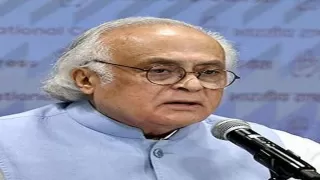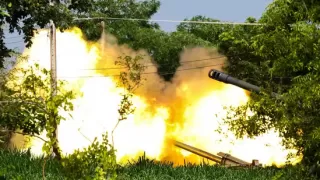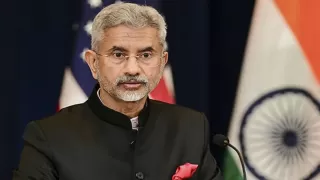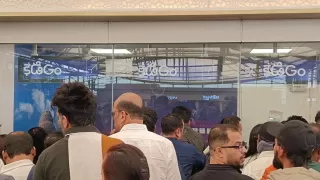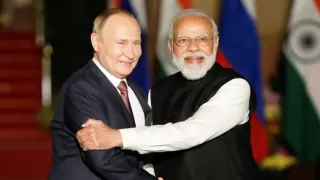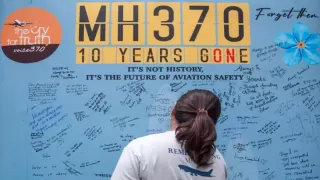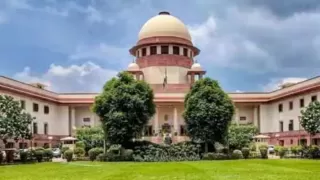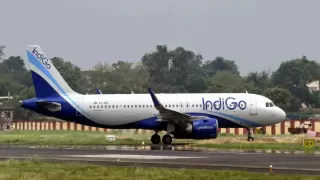President Droupadi Murmu embarked on a landmark flight on Wednesday, taking a sortie in a Rafale fighter jet from Air Force Station Ambala in Haryana. The event not only marked another peak in her role as the supreme commander of India’s armed forces but also symbolised India’s growing air-power might and the -public-military connection.
At the airbase, Ms. Murmu was greeted with a full ceremonial guard of honour before boarding the aircraft. Dressed in a G-suit with a helmet in hand and wearing sunglasses, she engaged with IAF pilots and technicians, waved from inside the cockpit just before takeoff at 11:27 a.m., and posed for photographs—giving the high-speed sortie a strong visual and symbolic impact.
The choice of the Rafale jet for this mission was deliberate. Based at Ambala — the hub for India’s advanced Rafale squadrons — the aircraft themselves have seen operational deployment and symbolise India’s strategic commitment to air dominance. The President’s flight served both as a morale-boost for the armed forces and a public demonstration of operational readiness in the skies of South Asia.
Preparations and the Moment of Takeoff
The air-showcase began early in the day, with the President arriving at the airbase, inspecting personnel, and receiving honours as the visiting dignitary. Before boarding the jet, she donned a G-suit—a critical piece of kit for high-G aerial manoeuvres—underscoring the seriousness of the sortie.
Photographs captured her seated in the cockpit, helmet resting on her hand, shortly before the jet taxied out. The countdown to takeoff culminated at 11:27 a.m. when the engine roared to life and she waved through the canopy—moments that encapsulated ceremony, symbolism and aviation theatre in one.
The Rafale Fleet and Ambala’s Strategic Role
Ambala is home to India’s earliest Rafale squadron — inducted in September 2020 — and has become a key point of India’s aerial defence architecture. The jets here have taken part in high-stakes missions and their presence elevates the base’s profile beyond mere ceremonial value.
The Rafale fighter boasts multi-role capabilities: air-superiority, deep-strike, reconnaissance and network-centric warfare. For Ms. Murmu’s sortie to be in such an aircraft signals both to the nation and to external actors that India’s air force is confident, modern and integral to the country’s defence strategy.
Milestones and Precedents for the President
This sortie marks Ms. Murmu’s second fighter-aircraft flight. In April 2023 she flew in a Sukhoi-30 MKI, making her one of the few Presidents to undertake such missions. Now, by flying the Rafale, she becomes the first to fly in this advanced aircraft type—adding to the tradition of civilian-military connectivity in India.
Previous presidents, like A. P. J. Abdul Kalam and Pratibha Patil, flew sorties in fighter jets too, but the shift to the Rafale underscores how India’s defence capabilities have evolved and how the Presidency’s relationship with the armed forces continues to be part symbolic, part substantive.
Highlighting Gender and Inclusion in the Air Force
During her visit, the President met with the nation’s only woman Rafale pilot, underscoring the increasing role of women in frontline combat aviation. This element added an important layer of inclusion to what would otherwise be a purely technical and defence-oriented event.
Such interactions emphasise that India’s modernisation drive in the armed forces is not just about hardware, but also about people—diversifying roles, recognising talent and symbolically elevating inclusion as part of national preparedness and resilience.
Public Diplomacy and Defence Messaging
The sortie served as more than a flight: it was a statement. By flying in a top-tier combat aircraft, the President amplified India’s narrative of robust defence readiness, credible deterrence and technological sophistication. The take-off, photos, media coverage—everything was part of a calibrated display of soft power blended with military readiness.
For the public, it humanises the figure of the President and brings the abstract idea of “supreme commander” into a visible reality. For the armed forces, it boosts visibility, morale, and recruitment appeal. For adversaries and observers, it broadcasts capability, intent and confidence.
Operational Context and Regional Implications
The Rafale jets, including those at Ambala, have been operationally deployed in missions such as “Operation Sindoor” in May 2025, which targeted terror infrastructure across borders. That operational context gives the President’s flight added weight—this isn’t just show: it is linked to real defence strategy.
In a region marked by complex security dynamics, the sortie sends signals: to allies, that India remains a reliable defence partner; to adversaries, that India’s aerial edge is real; and to its people, that national leadership is aligned with force readiness and sovereignty preservation.
Future Implications and Institutional Impact
The impact of this event will ripple beyond the runway. For the Indian Air Force it reinforces the elite status of the Rafale squadron, enhances public profile, and strengthens institutional morale. The air-base operations, technical teams and support staff all gain heightened visibility.
From a policy standpoint, it may accelerate further emphasis on fighter-fleet expansion, integration of women in combat roles, and deeper publicity-military interface. The Presidency’s direct engagement underscores a leadership style that connects symbolically with national security while also affirming day-to-day operational preparedness.
Ultimately, this sortie will be referenced not just as a moment of spectacle, but as a marker of where India stands in its aviation journey—modern, inclusive and firmly geared for the skies.
Also Read: Khawaja Asif Calls Kabul India’s Puppet, Warns of Revenge




